The Most Effective Self-Defense Strategies for Men
This article explores various self-defense techniques, principles, and strategies tailored for men to enhance their safety and confidence in potentially dangerous situations. In a world where unexpected challenges can arise at any moment, having a solid grasp of self-defense strategies is not just a luxury—it's a necessity. Whether you're walking home late at night or simply want to feel more secure in your daily life, understanding how to protect yourself can empower you and give you peace of mind.
Before diving into the nitty-gritty of self-defense techniques, it's crucial to understand the fundamental principles that underpin effective self-defense. These principles encompass awareness, prevention, and the legal implications of using force in self-defense scenarios. Self-defense isn't solely about physical confrontation; it begins with the mental preparation and awareness of your surroundings. The first step towards self-defense is recognizing that danger can often be avoided entirely through vigilance and preparation.
Situational awareness is like having a sixth sense—it’s your ability to perceive and understand your environment and the people within it. This skill is vital for men who want to avoid dangerous confrontations. By honing your situational awareness, you can recognize potential threats before they escalate. Think of it as a radar system; the better your radar, the less likely you are to be caught off guard. Start by training yourself to notice the little things in your environment, like unusual behavior or changes in the atmosphere around you.
To effectively protect yourself, you must be adept at identifying potential threats. This involves recognizing signs of aggression or danger in others. Some common indicators include:
- Raised voices or aggressive postures
- Sudden movements towards you
- Eye contact that feels confrontational
By being aware of these cues, you can develop the skill to spot potential threats before they escalate into a dangerous situation. Remember, the goal is to avoid confrontation whenever possible.
Understanding non-verbal cues can provide invaluable insights into a person's intentions. Body language often communicates feelings and intentions more clearly than words. For instance, crossed arms might indicate defensiveness, while a clenched fist can signal aggression. Learning to read these cues can help you assess potential threats effectively and respond appropriately.
Evaluating your surroundings is another critical aspect of situational awareness. This means being conscious of exits and escape routes in any given situation. When you're in a public place, take a moment to identify where you could go if you needed to leave quickly. This mental mapping can be crucial in emergencies, allowing you to react swiftly and safely.
Sometimes, the best self-defense is avoiding a physical confrontation altogether. De-escalation techniques focus on using verbal communication to diffuse tense situations. This might involve staying calm, using a friendly tone, and employing active listening skills. The key is to engage the other person and find common ground, which can often prevent conflict before it even starts.
While awareness and de-escalation are essential, there may be times when physical self-defense becomes necessary. In this section, we’ll introduce essential self-defense moves and techniques that men can use to protect themselves in physical altercations. Remember, the goal is not to engage in a fight but to create an opportunity to escape safely.
Effective striking techniques, such as punches and kicks, can incapacitate an attacker and give you the chance to escape. Here are a few basic techniques to consider:
- Jab and Cross: Quick, straight punches aimed at the attacker's face.
- Front Kick: A powerful kick aimed at the attacker's midsection.
- Elbow Strikes: Close-range strikes that can be very effective in tight situations.
Practicing these techniques can build your confidence and improve your chances of defending yourself if the need arises.
While striking is important, knowing how to defend yourself is equally vital. Defensive strategies such as blocking and evading attacks can help protect you while minimizing harm. For instance, learning to block an incoming punch or sidestep an attack can keep you out of harm's way and give you a chance to escape.
In addition to physical techniques, self-defense tools can provide an extra layer of protection. Tools such as pepper spray, personal alarms, and tactical flashlights can be effective in deterring attackers and alerting others to your situation. However, it's essential to understand the legal implications surrounding these tools to ensure responsible ownership and use.
Understanding the laws surrounding self-defense tools is crucial. Each state or region may have different regulations regarding the possession and use of self-defense tools. Familiarizing yourself with these laws can help you avoid legal troubles while ensuring that you are prepared to defend yourself if necessary.
When selecting a self-defense tool, consider your lifestyle, preferences, and local laws. Some tools may be more suitable for urban environments, while others might be better for rural areas. It's important to choose a tool that you feel comfortable using and that aligns with your self-defense strategy.
1. What is the best self-defense technique for beginners?
The best techniques for beginners often include basic striking, blocking, and evasion. It's essential to start with what feels comfortable and gradually build your skills.
2. Are self-defense tools effective?
Yes, self-defense tools can be very effective when used correctly. However, they should be seen as a supplement to physical techniques and situational awareness.
3. Can I use self-defense techniques if I feel threatened?
Yes, if you genuinely feel threatened and have no other option, using self-defense techniques is justified. However, always consider de-escalation and avoidance first.
4. How can I improve my situational awareness?
Improving situational awareness involves practice. Regularly assess your surroundings, identify potential threats, and stay alert to changes in your environment.
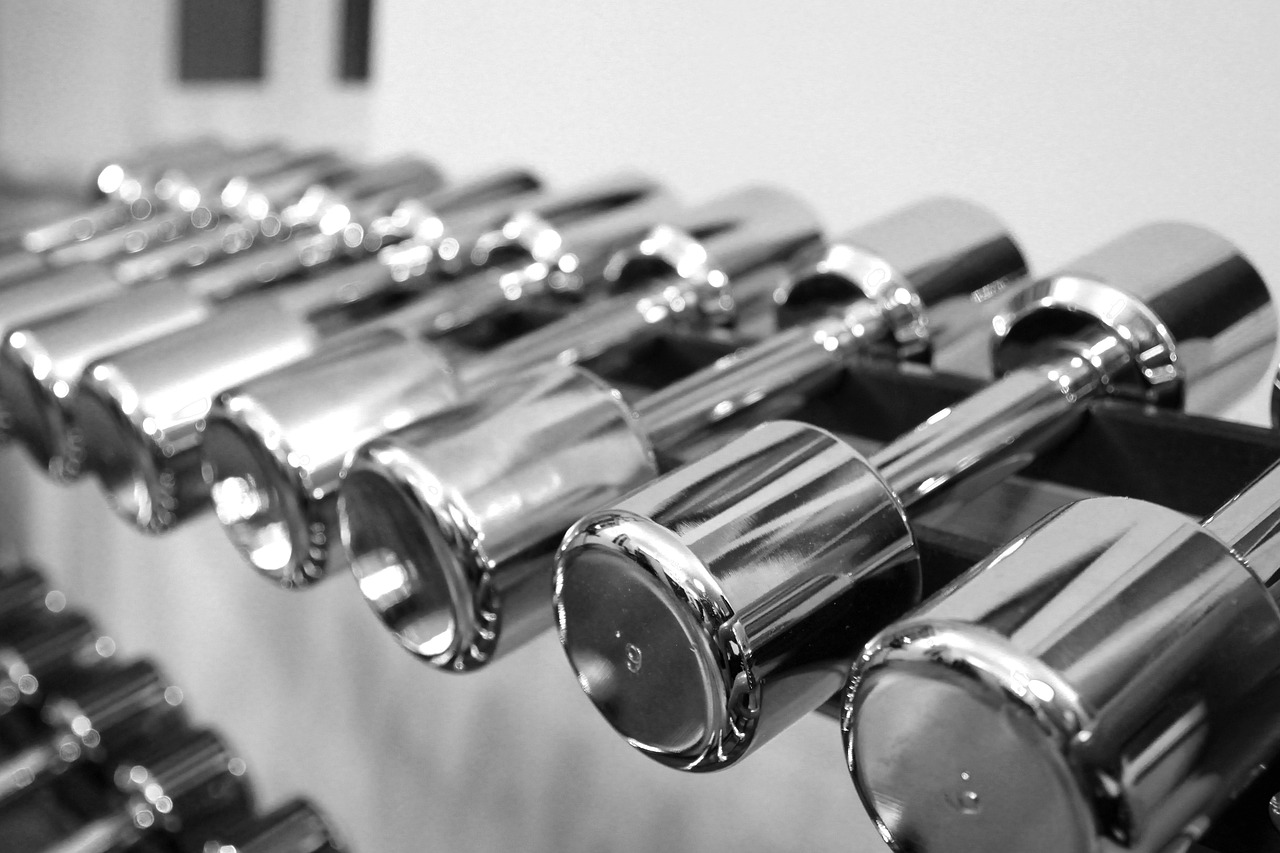
Understanding the Basics of Self-Defense
Self-defense is not just about throwing punches or executing flashy moves; it’s a comprehensive approach that combines awareness, prevention, and knowledge of the legal implications surrounding the use of force. The essence of self-defense lies in the ability to protect oneself while minimizing harm to both yourself and others. Think of it as a mental toolkit that empowers you to navigate potentially dangerous situations with confidence and clarity.
At its core, self-defense revolves around three fundamental principles:
- Awareness: Being aware of your surroundings allows you to identify potential threats before they escalate. It’s like having a sixth sense that alerts you to danger.
- Prevention: The best fight is the one that never happens. By employing strategies to avoid confrontations, you can often diffuse situations before they turn violent.
- Legal Implications: Understanding the laws regarding self-defense is crucial. Knowing when and how you can legally defend yourself can save you from serious legal repercussions.
Let’s dive deeper into these principles. First, awareness is about more than just keeping your head on a swivel; it involves actively engaging with your environment. Imagine walking into a room and immediately scanning for exits, potential hazards, or anyone who seems out of place. This proactive approach can often prevent dangerous situations from arising in the first place.
Next comes prevention. This principle emphasizes the importance of avoiding confrontations altogether. For instance, if you find yourself in a heated argument, utilizing effective communication skills can often de-escalate the situation. Think of it like putting out a fire before it spreads—sometimes, a calm word can extinguish a potential blaze of aggression.
Finally, understanding the legal implications of self-defense is paramount. Laws vary significantly from one region to another, and what may be considered reasonable force in one place could land you in hot water in another. Familiarizing yourself with these laws not only protects you but also empowers you to make informed decisions in critical moments.
In summary, mastering the basics of self-defense is about cultivating a mindset that prioritizes safety and awareness. By focusing on these fundamental principles, you can enhance your ability to navigate the world confidently, knowing that you are prepared for whatever may come your way. Remember, self-defense is as much about mental preparedness as it is about physical techniques.
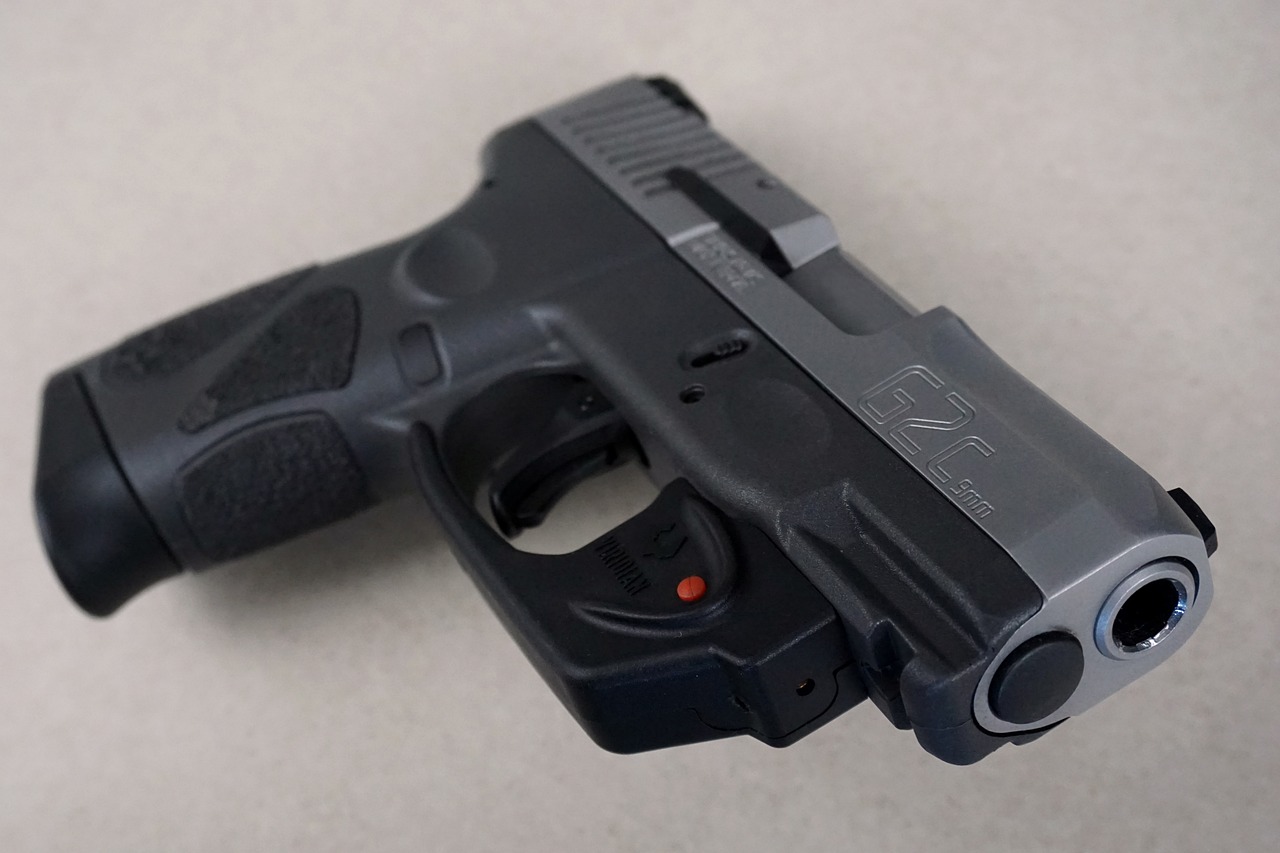
Situational Awareness
Situational awareness is not just a buzzword; it’s a critical skill that can mean the difference between safety and danger. Imagine walking down a street, headphones in, completely absorbed in your own world. Now, picture a potential threat lurking nearby, unnoticed. This is where situational awareness comes into play. It involves being conscious of your surroundings and understanding the dynamics of the environment you are in. For men, honing this skill can significantly enhance their ability to navigate potentially dangerous situations with confidence and control.
At its core, situational awareness encompasses three key components: perception, comprehension, and projection. First, you need to perceive what’s happening around you. This means actively observing your environment, including people, objects, and the overall atmosphere. Next, you should comprehend the significance of what you’ve observed. Are there groups of people behaving suspiciously? Is someone following you? Finally, you need to project what might happen next based on your observations. This means anticipating potential threats and being prepared to respond appropriately.
One of the most effective ways to enhance your situational awareness is through practice and mindfulness. This doesn't mean you need to be paranoid or overly cautious; rather, it’s about developing a habit of being aware. For example, when entering a new environment, take a moment to scan the area. Look for exits, potential hazards, and the people around you. This simple act can help you feel more grounded and prepared.
Recognizing potential threats is an essential aspect of situational awareness. It’s about tuning into your instincts and being able to read the room. For instance, if you notice someone acting aggressively or overly animated, it’s crucial to take note. Understanding body language can provide significant insights into a person's intentions. For example, crossed arms, clenched fists, or a fixed stare can be signs of aggression. By learning to identify these cues, you can assess whether a situation may escalate and take precautionary measures.
Body language is a silent communicator that can reveal a lot about someone's intentions. For men, being able to read these non-verbal cues can be a game-changer. For instance, if you see someone pacing back and forth, they might be agitated. Alternatively, if someone avoids eye contact or looks down, they could be feeling insecure or guilty. By being aware of these signs, you can better gauge the emotional climate of a situation and decide whether to engage or disengage.
Environmental awareness extends beyond just reading people; it involves being aware of your surroundings as a whole. Consider the layout of the area you are in. Are there multiple exits? Are you near a crowd or isolated? Knowing your environment can help you plan your next move if a situation turns dangerous. For instance, if you find yourself in a crowded place, it’s wise to keep an eye on the exits and avoid getting cornered. This awareness can empower you to make quick decisions that prioritize your safety.
Sometimes, the best way to handle a potentially dangerous situation is through de-escalation. This means using verbal communication to diffuse tension before it leads to physical confrontation. For men, developing strong communication skills can be incredibly beneficial. Techniques such as maintaining a calm tone, using open body language, and actively listening can help in resolving conflicts amicably. Remember, the goal is to avoid violence whenever possible, and effective communication can often achieve this.
Q: What is the best way to improve my situational awareness?
A: The best way to improve situational awareness is through practice. Make it a habit to observe your surroundings regularly, noting details about people and exits. Mindfulness exercises can also help enhance your focus.
Q: How do I know if I’m overreacting to a situation?
A: Trust your instincts. If something feels off, it’s worth paying attention to. However, try to balance your instincts with rational thinking. If you’re unsure, it’s always better to err on the side of caution.
Q: Can situational awareness help in everyday life?
A: Absolutely! Situational awareness can enhance your safety in various scenarios, from walking alone at night to navigating crowded areas. It helps you make informed decisions and react promptly to potential threats.

Identifying Potential Threats
Identifying potential threats is a critical skill that every man should develop to ensure his safety and well-being. In today's world, where unpredictability lurks around every corner, being able to recognize signs of aggression or danger can make all the difference. Imagine walking down the street and noticing a group of individuals behaving suspiciously; your ability to read the situation could be the key to avoiding a confrontation. But how do you sharpen this skill? Let’s dive into some essential aspects of threat identification.
First and foremost, it's essential to understand the common signs of aggressive behavior. These signs can manifest in various ways, including:
- Raised voices: Loud conversations or shouting can indicate escalating tensions.
- Body posture: A person with a closed-off or aggressive stance may be more likely to engage in confrontation.
- Facial expressions: A scowl or intense glare can signal hostility.
By being aware of these indicators, you can take proactive steps to distance yourself from potential threats before they escalate into dangerous situations.
Another vital component of identifying threats is reading body language. Non-verbal cues often speak louder than words. For instance, if someone is clenching their fists or avoiding eye contact, it may suggest they are feeling defensive or aggressive. Understanding these signals can provide valuable insights into a person's intentions. Think of it as a game of chess; anticipating your opponent's moves can give you the upper hand.
Furthermore, environmental awareness plays a significant role in threat identification. Always evaluate your surroundings for potential escape routes or safe spaces. Ask yourself questions like:
- Are there exits nearby?
- Is the area well-lit?
- Are there people around who could help if needed?
By being conscious of your environment, you can enhance your safety and reduce the likelihood of becoming a target.
Lastly, developing a habit of trusting your instincts is paramount. If something feels off, it probably is. Your gut feelings can often alert you to danger before your mind has fully processed the situation. Remember, being cautious doesn't mean being paranoid; it means being prepared. By honing your skills in identifying potential threats, you not only protect yourself but also cultivate a sense of confidence that can deter potential aggressors.
In conclusion, the ability to identify potential threats is a combination of awareness, understanding body language, evaluating your environment, and trusting your instincts. These skills can empower you to navigate through life with a greater sense of safety and security, ultimately enhancing your overall confidence in potentially dangerous situations.
Q1: What should I do if I feel threatened?
A1: If you feel threatened, trust your instincts and remove yourself from the situation as quickly and safely as possible. If necessary, seek help from authorities.
Q2: How can I practice my threat identification skills?
A2: You can practice by observing people in public spaces, paying attention to their body language and interactions. Role-playing scenarios with friends can also be beneficial.
Q3: Are there specific self-defense classes that focus on threat identification?
A3: Yes, many self-defense classes incorporate threat recognition and situational awareness as part of their curriculum. Look for classes that emphasize these skills.
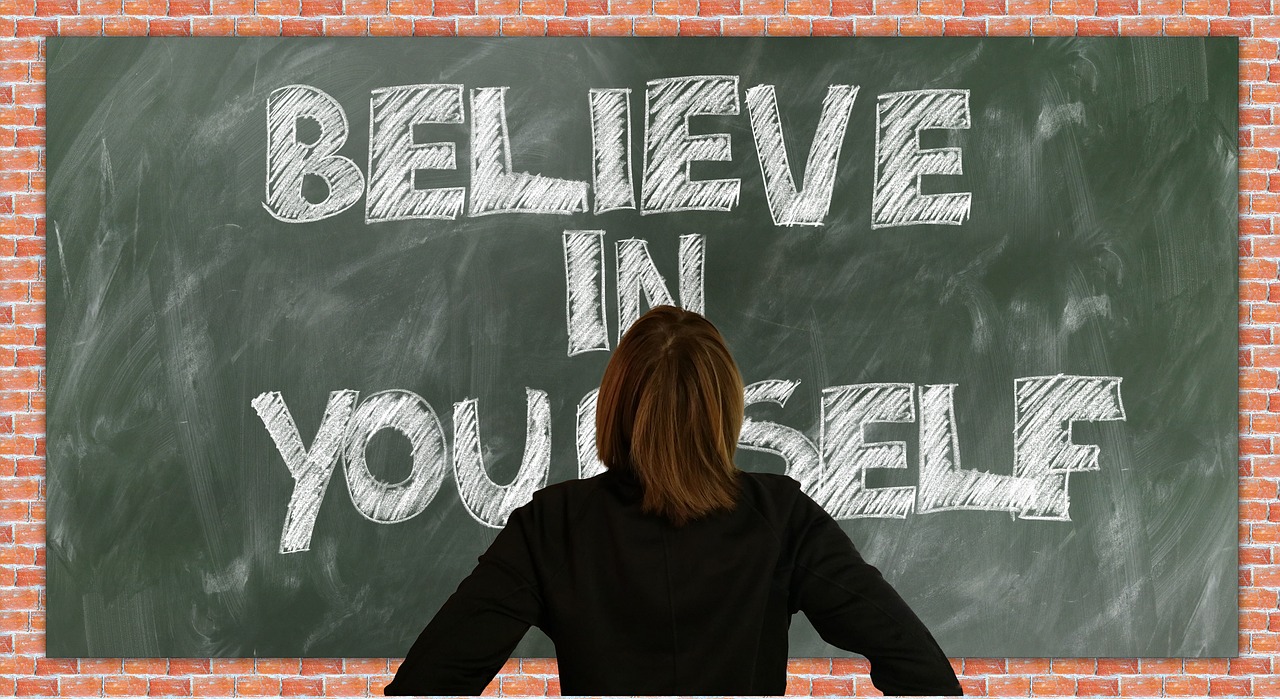
Reading Body Language
Understanding body language is like having a secret decoder ring for human interactions. It’s fascinating how much information we can glean from the subtle movements and gestures of those around us. When it comes to self-defense, being able to read body language can be a game changer. It allows you to assess whether someone poses a threat before things escalate. Think of it as a radar that helps you navigate potentially dangerous waters.
At the core of reading body language is the ability to interpret non-verbal cues. For instance, if someone is clenching their fists or has their arms crossed tightly, these might be signs of aggression or defensiveness. On the other hand, open palms and relaxed shoulders typically indicate a more calm and approachable demeanor. By being aware of these signals, you can better gauge the emotional state of others and make informed decisions about your own safety.
Here are some key body language cues to watch for:
- Facial Expressions: A furrowed brow, narrowed eyes, or a sneer can indicate hostility.
- Posture: Leaning forward can show interest or aggression, while leaning back might indicate withdrawal or defensiveness.
- Eye Contact: Intense, unwavering eye contact can be a sign of confrontation, whereas avoiding eye contact may suggest nervousness or disinterest.
Moreover, the context in which these cues occur is crucial. A person may display signs of discomfort or aggression in a crowded bar but may not pose a threat in a professional setting. Always consider the environment and the situation at hand. By honing your skills in reading body language, you can develop a sixth sense for potential threats, allowing you to either de-escalate the situation or prepare to defend yourself if necessary.
Lastly, practice makes perfect. Engage in conversations and observe how people react to different topics. The more you pay attention, the better you’ll become at interpreting these cues effectively. Remember, your intuition is a powerful tool, and combining it with an understanding of body language can significantly enhance your situational awareness.
Q: How can I improve my ability to read body language?
A: Start by observing people in various settings. Pay attention to their gestures, facial expressions, and posture. Practice interpreting these signals in real-time conversations.
Q: Are there universal body language signals?
A: While some cues are generally consistent across cultures, context matters. Always consider the environment and cultural background when interpreting body language.
Q: Can body language be misleading?
A: Yes, body language can sometimes be deceptive. Factors like personal habits, cultural differences, and situational context can influence how gestures are perceived.
Q: How can reading body language help in self-defense?
A: By recognizing signs of aggression or discomfort early, you can avoid potentially dangerous situations or take proactive measures to protect yourself.
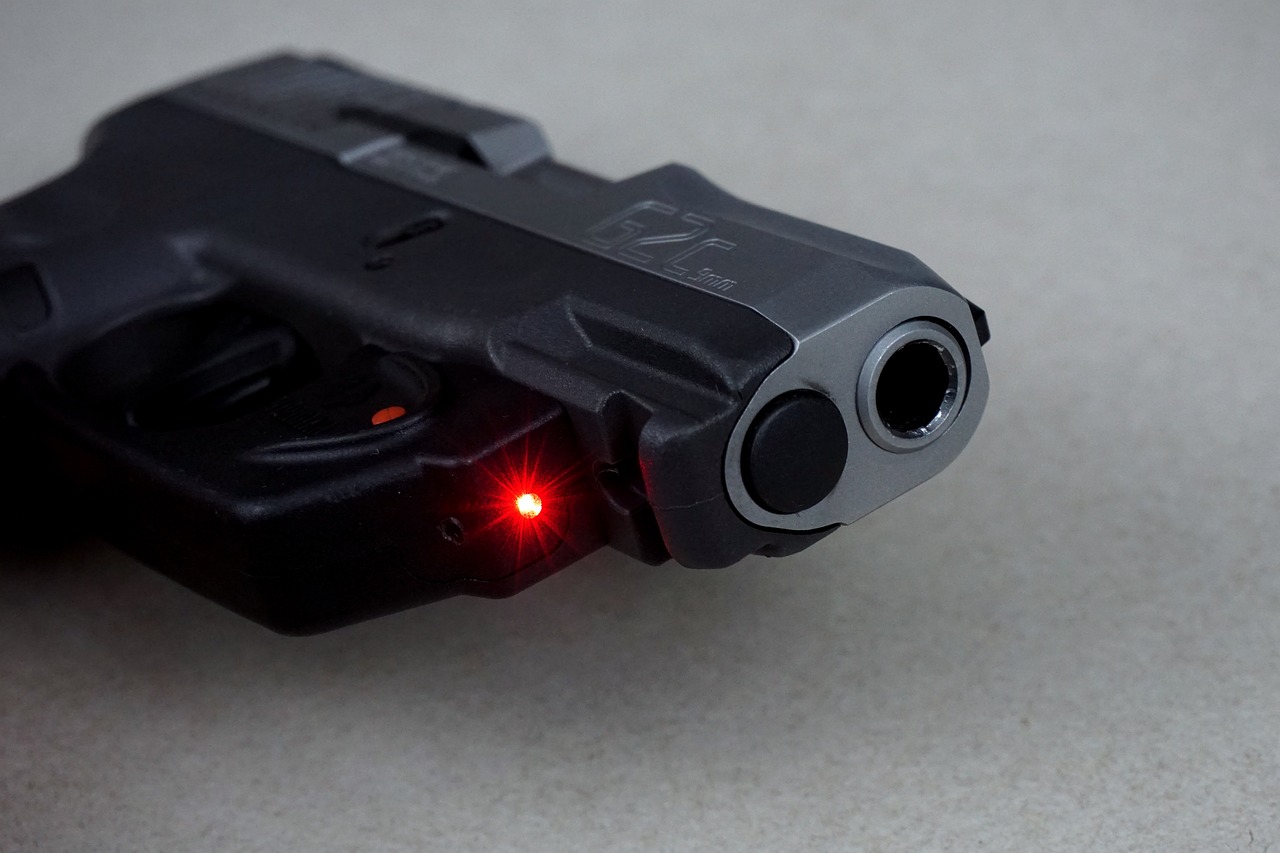
Environmental Awareness
When it comes to self-defense, being aware of your environment is just as crucial as knowing how to throw a punch or execute a defensive maneuver. Environmental awareness means understanding your surroundings, recognizing potential escape routes, and identifying areas that could pose a risk. Imagine walking through a dimly lit parking lot late at night; the shadows can play tricks on your mind, but if you're aware of your environment, you can navigate it safely. This skill can be the difference between being caught off guard and being prepared to take action.
One of the first steps in enhancing your environmental awareness is to regularly assess your surroundings. This involves taking a mental inventory of where you are and what’s around you. For instance, you should always be conscious of:
- Exits: Know where the nearest exits are located, whether you’re in a building, a public space, or even outdoors. This knowledge can help you escape quickly if a situation arises.
- People: Pay attention to the individuals around you. Are they behaving unusually? Is someone following you? Trust your instincts; if something feels off, it probably is.
- Obstacles: Be aware of any physical barriers that may hinder your ability to escape or defend yourself. This could include parked cars, fences, or construction sites.
Another important aspect of environmental awareness is understanding the layout of the area you are in. Familiarize yourself with places you frequent—know the locations of exits, restrooms, and other significant features. This knowledge can help you remain calm and collected in stressful situations. For example, if you’re at a mall, knowing where the nearest exits are can be invaluable in an emergency.
Moreover, environmental awareness isn’t just about recognizing potential threats; it also involves being proactive. If you find yourself in an unfamiliar location, take a few moments to observe your surroundings. This can include noting the positions of security personnel, surveillance cameras, and emergency services. By doing so, you equip yourself with the information needed to make informed decisions in case of a confrontation.
Lastly, practice makes perfect. Like any skill, environmental awareness improves with practice. Start by incorporating it into your daily routine. For instance, when you walk into a new place, take a mental snapshot of your surroundings. Over time, this practice will become second nature, and you’ll be able to assess your environment quickly and effectively, giving you a significant advantage in any potentially dangerous situation.
Q: Why is environmental awareness important for self-defense?
A: Environmental awareness helps you recognize potential threats, identify escape routes, and assess your surroundings, which can be crucial in avoiding or de-escalating dangerous situations.
Q: How can I improve my environmental awareness?
A: You can enhance your environmental awareness by regularly assessing your surroundings, familiarizing yourself with the layout of places you frequent, and practicing mindfulness in your daily activities.
Q: What should I look for in my environment to stay safe?
A: Look for exits, observe the behavior of people around you, and identify any obstacles that might hinder your ability to escape or defend yourself.
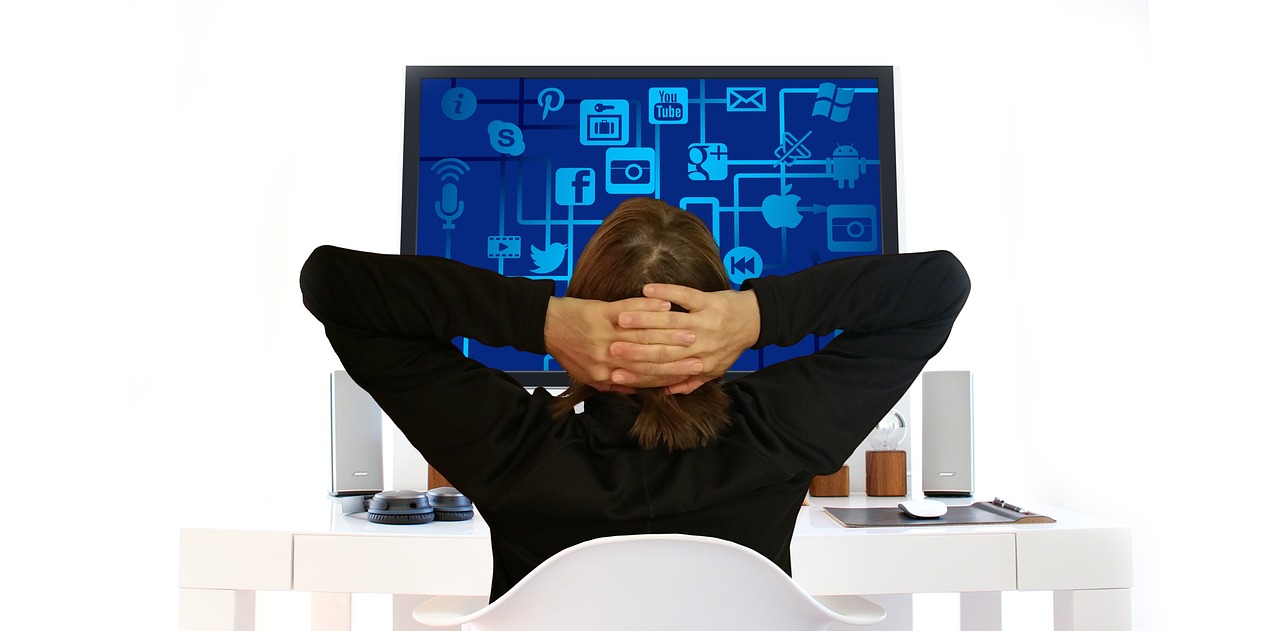
De-escalation Techniques
When it comes to self-defense, the best fight is often the one that never happens. are essential tools that can help you navigate tense situations without resorting to violence. Imagine walking into a bar and sensing a brewing conflict between two patrons. Instead of jumping into the fray, you can use your words and presence to diffuse the situation. This is where effective communication comes into play.
One of the key aspects of de-escalation is maintaining a calm demeanor. When faced with aggression, your body language should convey confidence and control. Stand tall, keep your hands visible, and avoid crossing your arms, which can signal defensiveness. Instead, use open gestures to show you are approachable. Remember, your goal is to create a safe space for dialogue, not to challenge or provoke further aggression.
Another crucial element is active listening. This means truly hearing what the other person is saying, rather than just waiting for your turn to speak. Acknowledge their feelings with phrases like, “I understand that you’re upset,” or “I see where you’re coming from.” By validating their emotions, you can often lower their defenses and open the door to a more constructive conversation. It’s like trying to calm a storm; sometimes, all it takes is a little understanding to turn the tide.
Moreover, it’s important to choose your words carefully. Using a calm and respectful tone can make a significant difference in how your message is received. Avoid inflammatory language or accusations, as these can escalate tensions further. Instead, opt for phrases that promote collaboration, such as, “Let’s figure this out together.” This approach not only helps to de-escalate the situation but also empowers both parties to find a resolution.
In addition to verbal techniques, you can employ some physical strategies to help de-escalate a situation. Positioning yourself at a safe distance can create a sense of space, reducing the feeling of confrontation. For example, if you're in a heated discussion, take a step back to signal that you are not a threat. This simple act can often defuse rising tempers and encourage a more rational exchange.
It’s also beneficial to have an exit strategy in mind. If you sense that a situation is spiraling out of control, don’t hesitate to remove yourself from it. You can say something like, “I think it’s best if we take a break and revisit this later.” This not only shows that you prioritize safety but also gives everyone involved a chance to cool down and reflect.
Finally, practice makes perfect. Role-playing different scenarios with friends or family can help you become more comfortable with these techniques. The more you practice, the more intuitive these responses will become, allowing you to handle real-life situations with greater ease and confidence.
To summarize, de-escalation techniques are about creating a dialogue rather than a confrontation. By maintaining a calm demeanor, actively listening, and choosing your words wisely, you can effectively diffuse tense situations. Remember, the goal is not just to avoid physical conflict but to foster understanding and respect in challenging circumstances.
- What are de-escalation techniques? De-escalation techniques are strategies used to calm down potentially volatile situations through communication and body language, rather than resorting to physical confrontation.
- How can I practice de-escalation techniques? You can practice by role-playing different scenarios with friends or family members to become more comfortable with your responses in real-life situations.
- Why is situational awareness important in de-escalation? Situational awareness helps you recognize potential threats and assess the environment, allowing you to apply de-escalation techniques effectively before a situation escalates.
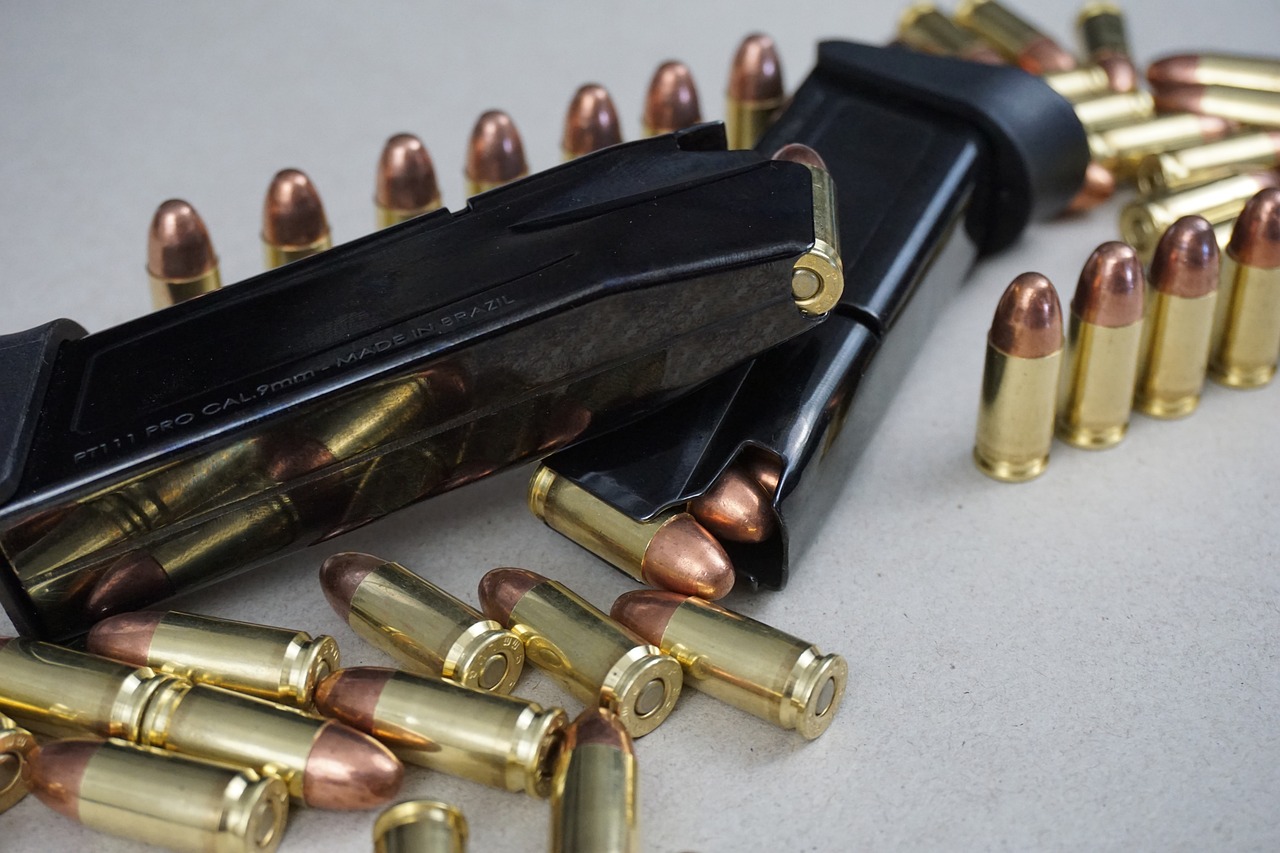
Physical Self-Defense Techniques
When it comes to self-defense, having a solid grasp of physical techniques can be a game-changer. It's not just about brute strength; it's about using your body effectively to protect yourself. Think of these techniques as tools in a toolbox. Each one has its purpose and can be employed depending on the situation. The first step is to understand some basic striking techniques that can incapacitate an attacker, giving you the chance to escape. For instance, a well-placed punch or a swift kick can create the space you need to get away safely.
Let’s break down some of these striking techniques. A basic punch, for example, should be delivered with your fist aligned properly to avoid injury. Aim for vulnerable areas of the body, like the nose or jaw, which can momentarily distract your assailant. Kicking can also be effective; targeting the knee or groin can incapacitate an attacker and allow you to flee. Remember, the goal is not to engage in a prolonged fight but to create an opportunity for escape.
Now, let’s talk about defensive maneuvers. These are just as crucial as offensive techniques. Blocking and evading attacks can save you from harm and turn the tide in your favor. For instance, if someone lunges at you, a simple sidestep can redirect their momentum, making them off-balance. Additionally, learning how to block incoming strikes effectively can protect vital areas of your body. Imagine being a skilled matador, gracefully dodging the bull; the same principles apply here. By being agile and aware, you can minimize the chances of getting hurt.
It's also important to incorporate self-defense drills into your routine. Regular practice can help you react instinctively in high-pressure situations. Consider enrolling in a self-defense class where you can learn techniques from experienced instructors. These classes often cover various scenarios, allowing you to practice techniques in a controlled environment. The more you practice, the more confident you'll feel when faced with a real threat.
In addition to physical techniques, there's a psychological aspect to self-defense. Having a strong mindset can enhance your performance in stressful situations. Visualize yourself successfully defending against an attacker. This mental rehearsal can help you remain calm and collected when faced with danger. Remember, confidence is key. If you believe in your ability to protect yourself, you'll be more likely to act decisively when it counts.
To summarize, physical self-defense is about combining effective striking techniques with defensive maneuvers and a strong mindset. Here’s a quick overview of what you should focus on:
| Technique | Description |
|---|---|
| Striking Techniques | Punches and kicks targeting vulnerable areas. |
| Blocking | Protecting vital areas from incoming strikes. |
| Evading | Moving out of the way of attacks to avoid harm. |
| Drills | Regular practice to build muscle memory and confidence. |
In conclusion, mastering physical self-defense techniques is essential for any man looking to enhance his safety and confidence. By learning how to strike, block, and evade, you equip yourself with the skills necessary to handle potentially dangerous situations. Remember, the aim is to escape, not to engage in a fight. Equip yourself with knowledge, practice regularly, and maintain a strong mindset, and you'll be well-prepared to navigate the challenges that may come your way.
Q: Do I need to be physically fit to learn self-defense?
A: While being fit can be an advantage, self-defense techniques can be adapted to suit various fitness levels. The key is to learn and practice techniques that work for you.
Q: How long does it take to learn effective self-defense?
A: The time it takes to learn self-defense varies by individual. With consistent practice and training, you can gain confidence and effectiveness within a few months.
Q: Are self-defense tools necessary?
A: While self-defense tools like pepper spray or personal alarms can enhance your safety, knowing physical self-defense techniques is crucial. Tools should complement your skills, not replace them.
Q: What should I do if I can't escape a dangerous situation?
A: If escape is not an option, use the techniques you've learned to defend yourself. Aim for vulnerable areas and make noise to attract attention. Your safety is the priority.
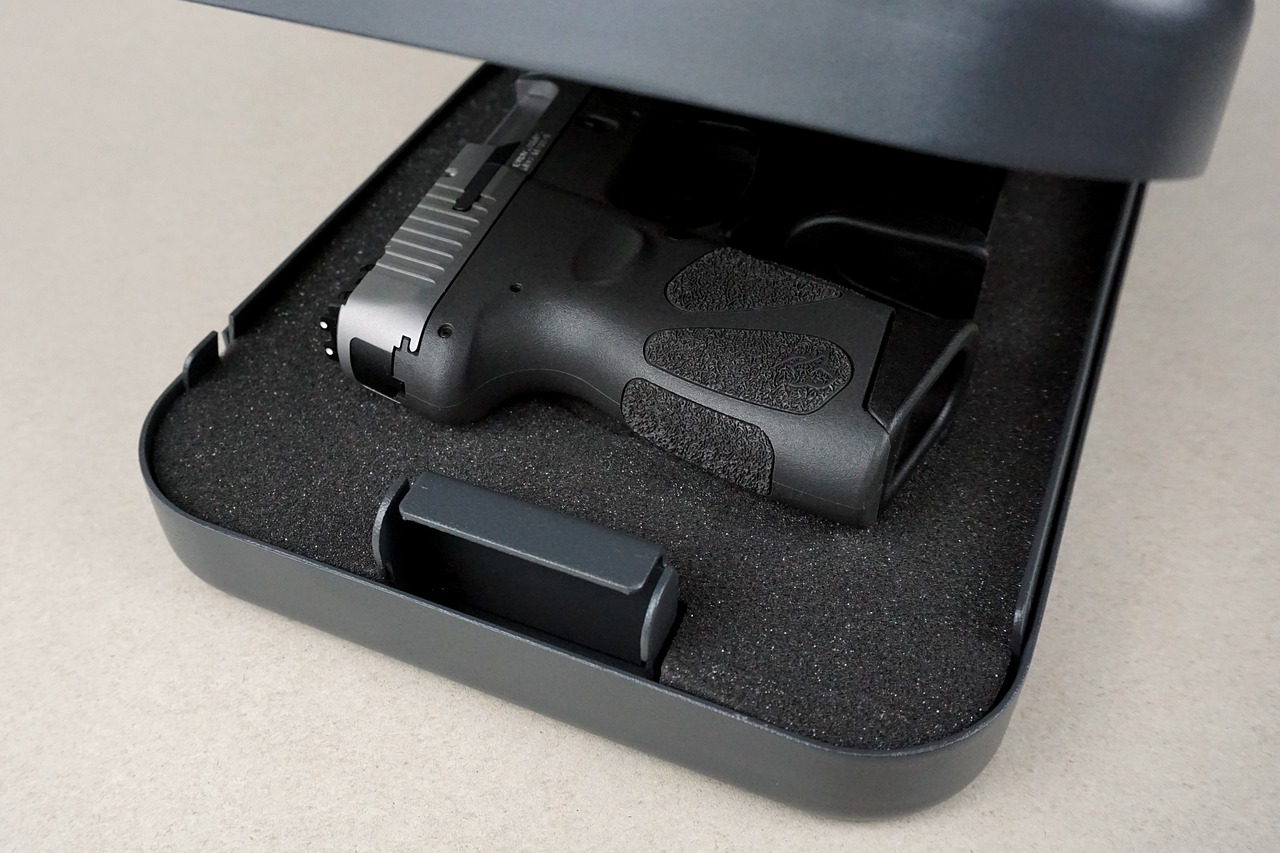
Basic Striking Techniques
When it comes to self-defense, knowing some can be a game changer. Imagine being in a situation where you need to defend yourself—having the right skills can mean the difference between safety and harm. Striking techniques are not just about throwing punches; they encompass a range of moves that can incapacitate an attacker long enough for you to escape. This section will delve into the essential striking techniques every man should know.
First up, let’s talk about the straight punch. This is one of the most fundamental techniques in any striking arsenal. To execute a proper straight punch, you want to keep your elbow in and your fist aligned with your shoulder. Aim for vulnerable areas like the nose or jaw to maximize impact. Remember, speed and accuracy are your best friends here. When you deliver a punch, think of it as a coiled spring—release the energy quickly and efficiently.
Next, we have the roundhouse kick. This technique can be particularly effective in self-defense situations where distance is your ally. To perform a roundhouse kick, pivot on your supporting foot and swing your kicking leg in a circular motion. Aim for the side of the attacker’s head or body. The beauty of the roundhouse kick lies in its ability to create space, allowing you to escape if needed. Just like a well-placed soccer kick, it can have a significant impact, both physically and psychologically.
Aside from punches and kicks, you should also familiarize yourself with elbow strikes. These are incredibly powerful because they utilize the strength of your entire body. When an attacker is close, an elbow strike to the face or ribs can be devastating. Think of your elbow as a battering ram; it’s short, powerful, and effective in close quarters.
Now, let’s not forget about knee strikes. When an assailant is in close proximity, a knee strike to the groin or abdomen can be a game-changer. It’s a technique that can catch an attacker off guard and create an opportunity for you to escape. Just like a quick jab in boxing, the element of surprise can be your biggest ally.
To summarize, here are the key striking techniques you should practice:
- Straight Punch: A direct, powerful strike aimed at vulnerable areas.
- Roundhouse Kick: A circular kick that creates distance and can incapacitate an attacker.
- Elbow Strike: A close-range technique that can deliver significant damage.
- Knee Strike: Effective in close quarters, targeting sensitive areas.
It’s important to remember that while these techniques can be effective, the goal of self-defense is to escape, not to engage in a prolonged fight. Regular practice can help you become more comfortable with these moves, allowing you to react instinctively in high-pressure situations. Consider enrolling in a self-defense class or martial arts program to refine your skills. After all, just like learning to ride a bike, the more you practice, the more natural it becomes.
Q: Do I need to be physically fit to learn these techniques?
A: While being fit can help, many self-defense techniques can be learned and executed by individuals of all fitness levels. The key is technique, not brute strength.
Q: How often should I practice these techniques?
A: Consistency is crucial. Aim to practice at least once a week to build muscle memory and confidence in your abilities.
Q: Are these techniques effective against larger attackers?
A: Yes! The techniques focus on targeting vulnerable areas and using leverage, which can be effective regardless of the attacker's size.
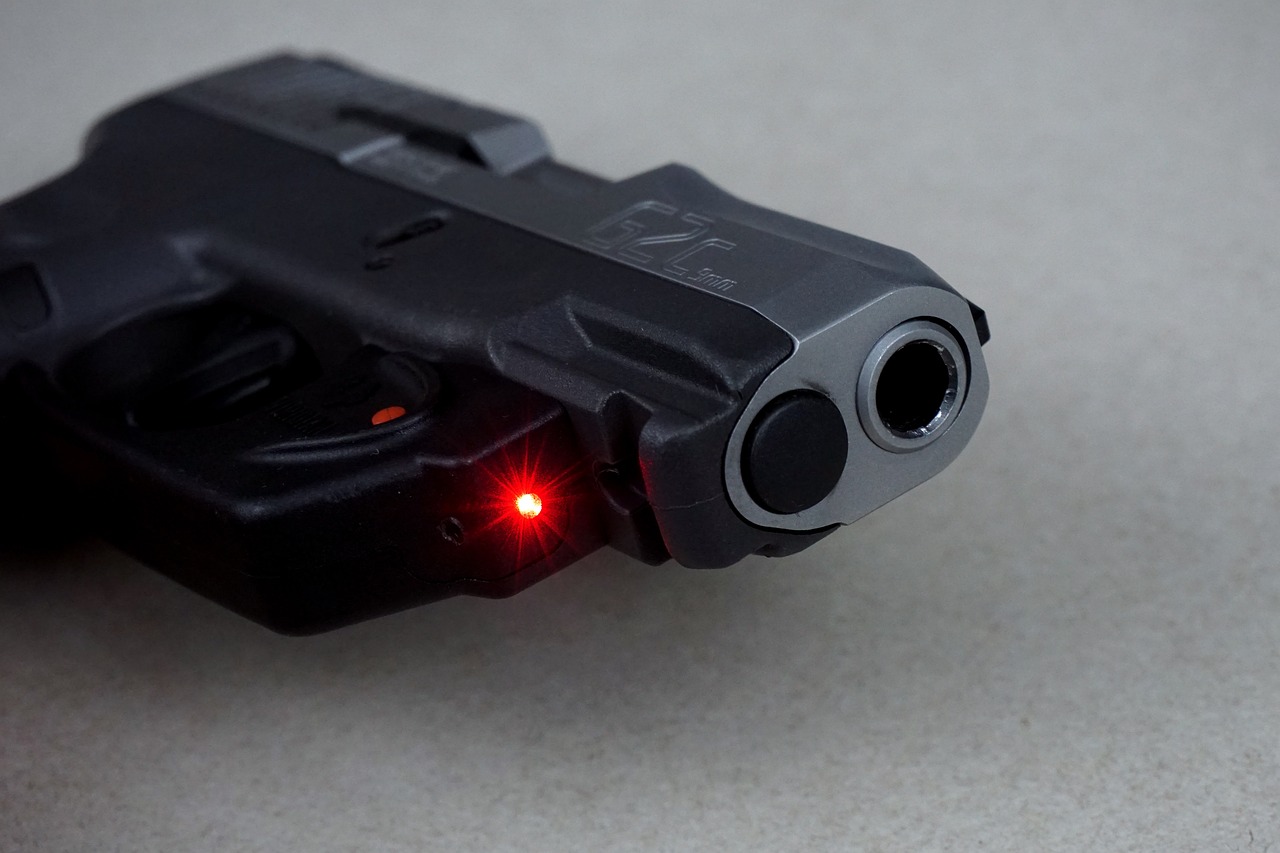
Defensive Maneuvers
When it comes to self-defense, knowing how to defend yourself effectively can make all the difference in a dangerous situation. Defensive maneuvers are not just about brute strength; they require a mix of skill, timing, and awareness. Imagine being in a situation where an attacker is coming at you. Your first instinct might be to panic, but with the right defensive techniques, you can turn that fear into action. The goal is to minimize harm to yourself while creating an opportunity to escape.
One of the most fundamental defensive strategies is learning to block and evade attacks. Blocking is all about using your arms and body to absorb or deflect incoming strikes. For instance, if someone throws a punch, you can raise your forearm to shield your face, redirecting the force of the punch away from your vulnerable areas. This technique requires practice to ensure that you can react quickly and effectively under pressure. On the other hand, evasion is about movement—stepping aside or ducking to avoid a strike altogether. Think of it as a dance; you’re not just standing there; you’re moving with the attack, making it harder for the assailant to land a hit.
In addition to blocking and evading, understanding your body’s natural reflexes can enhance your defensive capabilities. For example, when someone approaches aggressively, your body might instinctively tense up. Instead of allowing that tension to hinder your movements, use it to fuel your defensive maneuvers. Practicing these techniques in a controlled environment, such as a self-defense class, can help you develop muscle memory. This way, when the moment arrives, your body knows exactly what to do without having to think about it.
Moreover, it's essential to maintain a strong stance while defending yourself. A solid base allows you to react quickly and effectively. Your feet should be shoulder-width apart, knees slightly bent, and your weight balanced. This posture not only prepares you to defend against an attack but also positions you to launch a counterattack if necessary. Remember, the aim is to create space between you and your attacker, allowing you to escape safely.
Finally, it's crucial to understand that defensive maneuvers are not just physical; they also involve mental preparedness. Staying calm and focused during an altercation can significantly influence the outcome. If you can keep your wits about you, you’ll be better equipped to assess the situation and choose the most effective defensive strategy. Practicing visualization techniques, where you mentally rehearse your response to various scenarios, can be incredibly beneficial. This mental training complements the physical techniques, creating a well-rounded approach to self-defense.
In conclusion, mastering defensive maneuvers is a vital component of self-defense. By incorporating blocking, evasion, and maintaining a strong stance, you can enhance your ability to protect yourself. Remember, the ultimate goal is not to engage in a fight but to escape safely. As you practice these techniques, you’ll not only gain confidence in your ability to defend yourself but also develop a greater awareness of your surroundings, which is the first step in preventing dangerous situations altogether.
- What should I do if I am attacked? Focus on defending yourself using the techniques you've learned and look for an opportunity to escape.
- Are defensive maneuvers effective against all types of attacks? While they can be effective in many situations, it's important to assess each situation individually and adapt your response accordingly.
- Do I need to be physically fit to use defensive maneuvers? While being fit can help, the techniques can be adapted for individuals of all fitness levels.
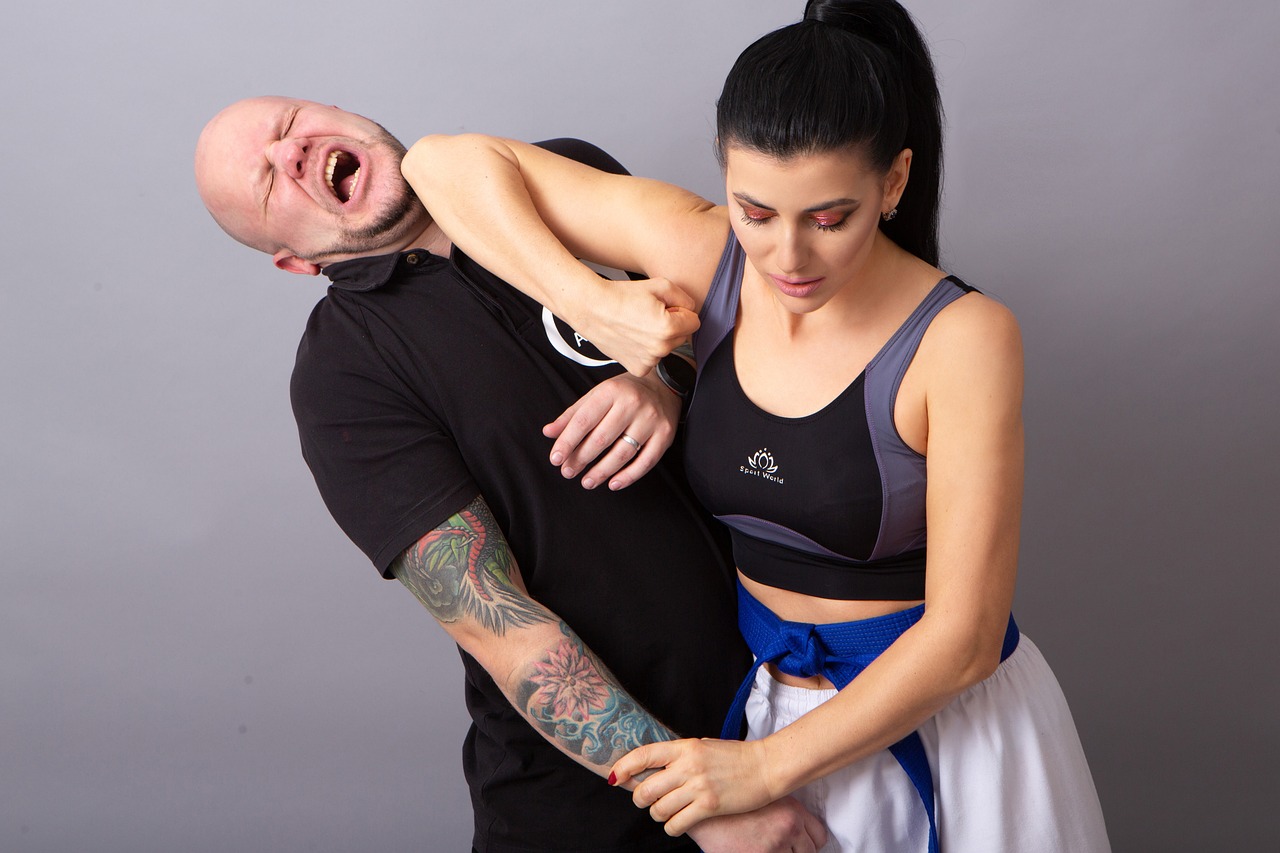
Using Self-Defense Tools
In today's world, being prepared for unexpected situations is more crucial than ever. Self-defense tools can play a vital role in ensuring your safety and giving you the confidence to handle potential threats. But with so many options available, how do you choose the right one? It's essential to understand the various tools at your disposal, their effective use, and the legal considerations that come with them. Let's dive into the world of self-defense tools and equip you with the knowledge you need.
When it comes to self-defense tools, there are several popular options that men can consider. These tools range from non-lethal options like pepper spray to personal alarms and tactical flashlights. Each tool has its unique advantages, and understanding these can help you make an informed choice based on your lifestyle and preferences.
Pepper Spray is one of the most common self-defense tools available. Easy to carry and simple to use, pepper spray can incapacitate an attacker temporarily, allowing you to escape to safety. It's compact, making it convenient to keep in your pocket or bag. However, it's important to practice using it effectively, as wind conditions and distance can affect its efficacy. Always ensure that you know how to operate the canister and check the expiration date regularly.
Another valuable tool is a personal alarm. This device emits a loud sound when activated, drawing attention to your situation and potentially scaring off an assailant. Personal alarms are particularly useful in crowded areas where help can be close by. They are lightweight and easy to carry, making them a great addition to your self-defense arsenal.
Tactical flashlights are not just for illumination; they can also serve as a self-defense tool. A bright flashlight can disorient an attacker, giving you a crucial moment to escape. Many tactical flashlights are designed to be durable and can withstand rough handling, making them reliable in emergencies. Additionally, they often come with features like strobe settings that can further disorient an aggressor.
However, while these tools can be incredibly effective, it's equally important to understand the legal considerations surrounding their use. Laws regarding self-defense tools vary by location, and being aware of these regulations is essential. For instance, some areas may have restrictions on carrying pepper spray or other self-defense weapons. Always check your local laws to ensure that you are compliant and that your self-defense tool of choice is legal to carry and use.
When selecting a self-defense tool, consider your daily routine and the environments you frequent. For example, if you often find yourself in urban settings, a compact pepper spray or personal alarm might be ideal. On the other hand, if you enjoy outdoor activities, a tactical flashlight could prove invaluable. Ultimately, the best self-defense tool is one that you feel comfortable using and that fits seamlessly into your lifestyle.
In conclusion, self-defense tools can empower men to take charge of their safety. By understanding the various options available, the legal implications of using these tools, and how to choose the right one for your needs, you can enhance your confidence and preparedness in potentially dangerous situations. Remember, the goal of self-defense is not to engage in violence but to protect yourself and create an opportunity to escape safely.
- What is the best self-defense tool for beginners? Pepper spray is often recommended for beginners due to its ease of use and effectiveness.
- Are self-defense tools legal to carry? This depends on local laws. Always check regulations in your area before carrying any self-defense tool.
- How do I choose the right self-defense tool for me? Consider your daily activities, comfort level with the tool, and local laws when making your choice.
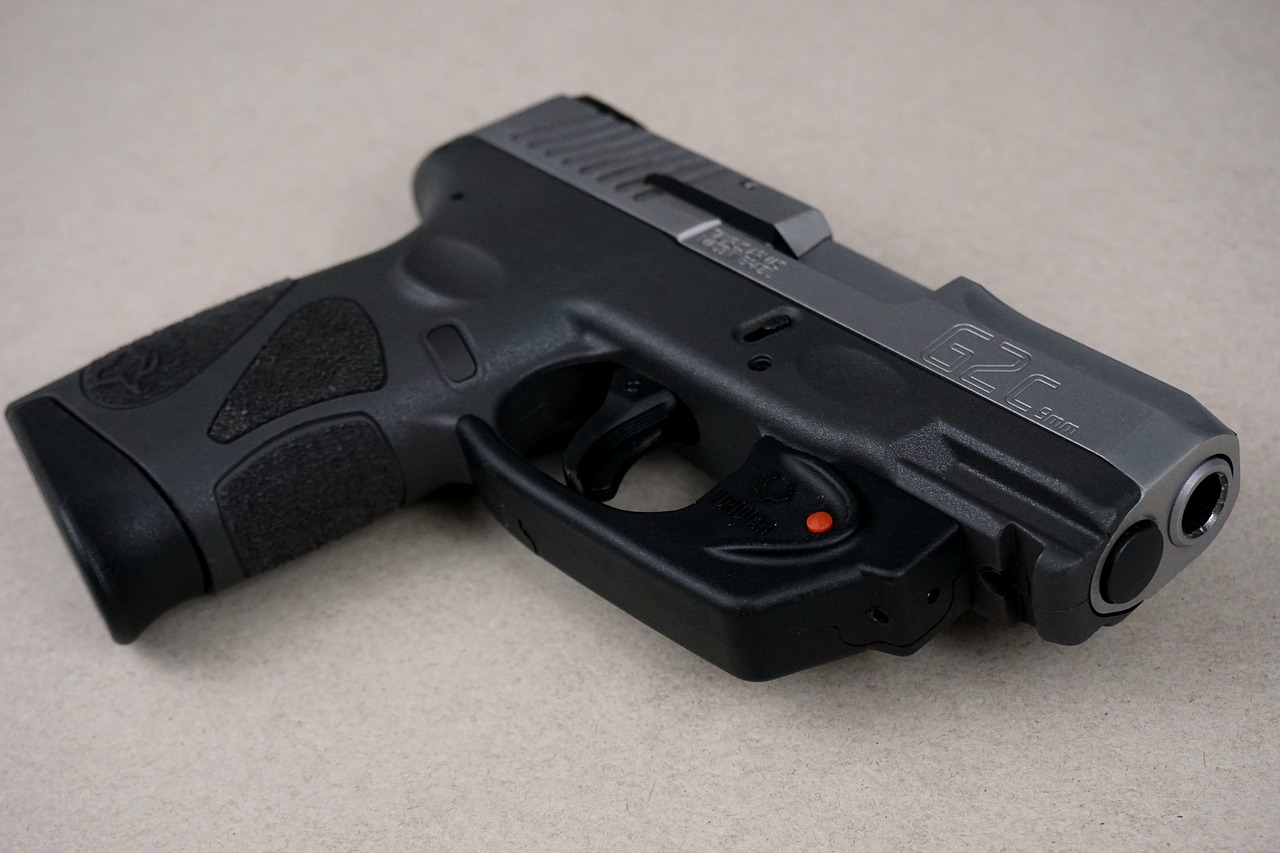
Legal Considerations
Understanding the legal implications surrounding self-defense is crucial for anyone looking to protect themselves. Laws can vary significantly from one jurisdiction to another, which means that what is acceptable in one place might lead to serious legal repercussions in another. It's essential to familiarize yourself with the local laws regarding self-defense to ensure that your actions remain within legal boundaries. For instance, many areas have "stand your ground" laws that allow individuals to use reasonable force when they believe they are in imminent danger. However, others may require a duty to retreat, meaning you must try to escape the situation before resorting to physical confrontation.
Moreover, the concept of "reasonable force" plays a pivotal role in self-defense cases. This refers to the amount of force that a reasonable person would deem necessary to prevent harm. If you use excessive force—such as responding to a minor threat with lethal force—you could find yourself facing legal charges. Therefore, it's crucial to assess each situation carefully and act in a manner that aligns with the principle of proportionality.
In addition to understanding the local laws, it's wise to consider the legal ramifications of using self-defense tools. For example, carrying pepper spray or a personal alarm may be legal in your area, but there could be restrictions on the size, strength, or type of the tool. Failing to comply with these regulations can lead to fines or even criminal charges. To help you navigate these complexities, here's a simple table summarizing key legal considerations:
| Self-Defense Tool | Legal Status | Notes |
|---|---|---|
| Pepper Spray | Varies by state | Check size and strength restrictions. |
| Personal Alarms | Generally legal | Best for alerting others. |
| Tactical Flashlights | Generally legal | Can double as a self-defense tool. |
It's also a good idea to educate yourself on what to do if you ever need to use self-defense. After any incident, you should contact law enforcement immediately and provide an accurate account of the event. Having witnesses can also help corroborate your story. Keeping a cool head and documenting everything can make a significant difference in how the situation is perceived legally. Remember, being prepared legally is just as important as being prepared physically.
- What is considered reasonable force in self-defense? Reasonable force is the amount of force that a reasonable person would find necessary to prevent harm in a given situation.
- Do I have a duty to retreat before using self-defense? It depends on your jurisdiction. Some places have "stand your ground" laws, while others require a duty to retreat.
- Are self-defense tools like pepper spray legal everywhere? No, the legality of self-defense tools varies widely by location, so it's essential to check local laws.

Choosing the Right Tool
When it comes to self-defense, selecting the right tool can be a game-changer. It's not just about having a weapon; it's about finding the one that suits your lifestyle, preferences, and legal framework. Consider this: would you rather carry a heavy baton that’s cumbersome and hard to conceal, or a compact pepper spray that fits neatly in your pocket? The choice is crucial and should align with your comfort level and the situations you might encounter.
First, let's talk about the importance of understanding your environment. If you live in a bustling city, a discreet self-defense tool like a personal alarm or pepper spray might be more appropriate. These tools are not only easy to carry but can also create a diversion, giving you a chance to escape a threatening situation. On the other hand, if you're often in isolated areas or hiking, a tactical flashlight could serve dual purposes: illuminating your path and acting as a striking tool in emergencies.
Next, you need to consider the legal implications of owning self-defense tools. Different regions have varying laws regarding what you can carry. For instance, while pepper spray is legal in many places, there might be restrictions on the strength or size. Knowing these laws is essential to avoid unnecessary legal troubles. To help you navigate this, here’s a quick table summarizing common self-defense tools and their general legal status:
| Self-Defense Tool | Legal Status | Notes |
|---|---|---|
| Pepper Spray | Generally Legal | Check local regulations for size and strength limits. |
| Tactical Flashlight | Generally Legal | Must not be used as a weapon unless in self-defense. |
| Personal Alarm | Generally Legal | Great for drawing attention and deterring attackers. |
| Self-Defense Keychain | Varies by Location | Some areas classify them as weapons; check local laws. |
After understanding the legal landscape, think about your personal comfort and proficiency with these tools. Are you familiar with using pepper spray? Do you know how to activate a personal alarm in a moment of panic? Practicing with your chosen tool can make all the difference in a high-stress situation. Remember, the right tool is one that you can deploy quickly and effectively when it matters the most.
Lastly, consider your lifestyle. If you frequently travel, a compact tool that’s easy to carry is essential. Conversely, if you spend a lot of time at home, perhaps a home security system or a sturdy door lock is more appropriate. Tailoring your self-defense strategy to your daily life will not only keep you safer but also provide peace of mind.
- What is the best self-defense tool for beginners?
For beginners, pepper spray is often recommended due to its ease of use and effectiveness. - Are self-defense tools legal to carry everywhere?
It depends on local laws; always check your local regulations before carrying any self-defense tool. - How can I practice using my self-defense tool?
Many self-defense classes offer training on how to effectively use various tools; consider enrolling in one. - Can I rely solely on a self-defense tool for protection?
While tools can enhance your safety, combining them with situational awareness and de-escalation techniques is crucial.
Frequently Asked Questions
- What is the most important principle of self-defense?
The most crucial principle of self-defense is awareness. Being aware of your surroundings and recognizing potential threats can help you avoid dangerous situations before they escalate. It’s like having a sixth sense that alerts you to danger, allowing you to act before things get out of hand.
- How can I improve my situational awareness?
Improving your situational awareness involves training your mind to notice details in your environment. Practice observing people’s body language, paying attention to unusual behavior, and knowing your escape routes. Think of it as being a detective in your own life, always on the lookout for clues that something might be off.
- What are some effective de-escalation techniques?
Effective de-escalation techniques include using calm communication, maintaining a non-threatening posture, and actively listening to the other person. By engaging in conversation and showing empathy, you can often diffuse a tense situation without resorting to physical confrontation.
- What basic physical self-defense techniques should I learn?
Basic self-defense techniques include striking (like punches and kicks) and defensive maneuvers (such as blocking and evading). These techniques are essential for incapacitating an attacker and creating an opportunity to escape. Think of them as your toolkit for protection when the unexpected happens.
- What self-defense tools are recommended for men?
Recommended self-defense tools include pepper spray, personal alarms, and tactical flashlights. Each tool serves a unique purpose, so it’s important to choose one that fits your lifestyle and needs. Imagine these tools as your safety net, providing an extra layer of security when you need it most.
- Are there legal considerations I should be aware of regarding self-defense?
Yes, understanding the legal implications of using self-defense tools is crucial. Laws can vary significantly by location, so it’s essential to familiarize yourself with local regulations to ensure you’re compliant. Think of it as knowing the rules of the game; understanding them can prevent you from facing legal repercussions.
- How do I choose the right self-defense tool for me?
Choosing the right self-defense tool involves considering your lifestyle, preferences, and local laws. Evaluate how comfortable you are with different tools and select one that you can easily carry and use. It’s like picking the right pair of shoes; they should fit well and be suitable for your daily activities.



















